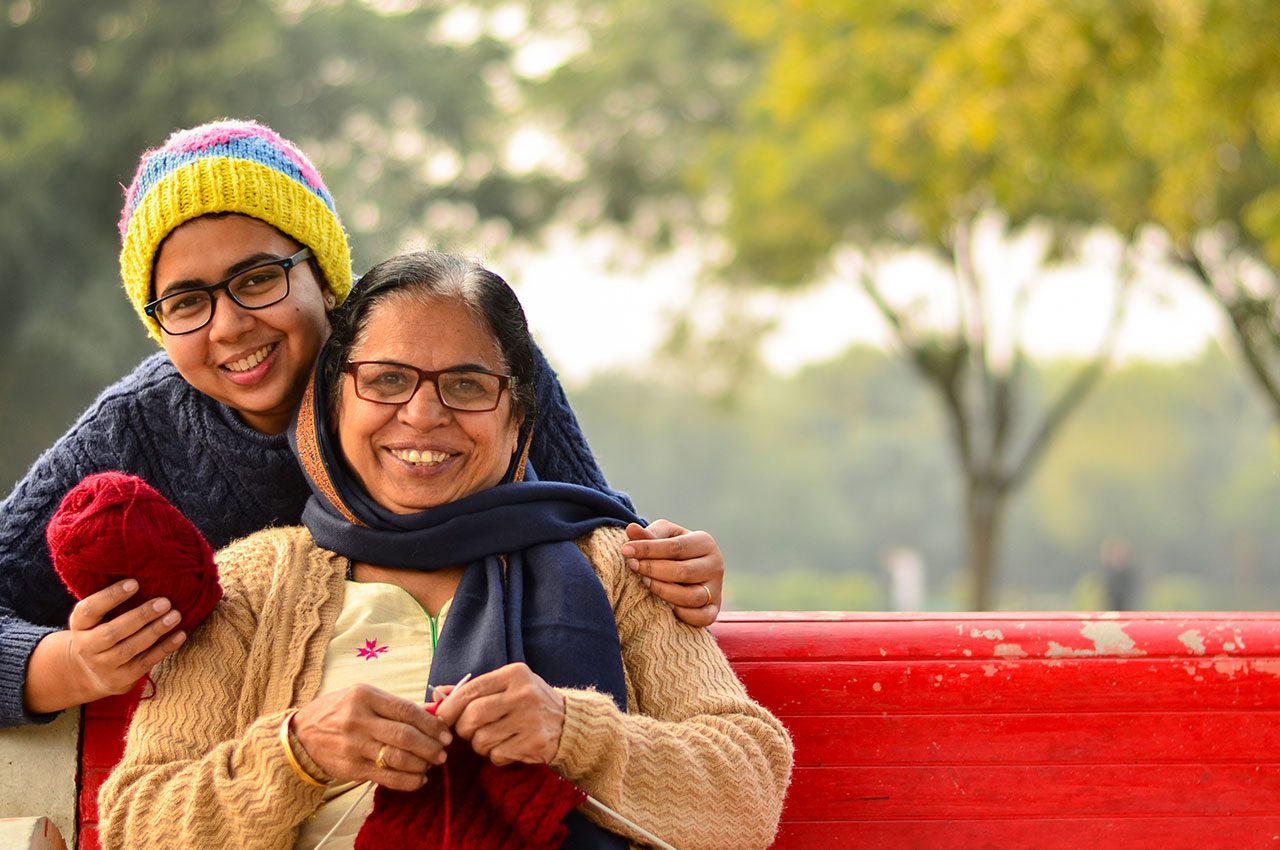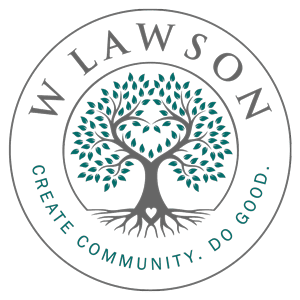
Leading the Charge: Achieving Equity in Aging for All
Creating equity in aging is more than building inclusive spaces for older adults and their chosen families.
It’s about dismantling the barriers—be they legal, regulatory, or systemic—that prevent individuals from accessing the healthcare, support, and services they need to age with dignity. When these barriers persist, they don’t just affect some abstract group of people; they actively deny individuals the fundamental right to age into and through their later years.
The Weight of Systemic Barriers
When we think of barriers to aging equitably, we often imagine the more visible examples: lack of access to affordable healthcare, inadequate long-term care options, or disparities in resources between communities.
However, systemic barriers are also subtle, entrenched in policies and practices that perpetuate inequity.
For example:
- Healthcare deserts disproportionately affect rural and urban communities of color, leaving older adults without geriatric care or access to primary care providers.
- Institutional bias in caregiving systems often excludes LGBTQ+ elders, whose chosen families are not always recognized by law or policy.
- Economic disparities, driven by decades of wage gaps and discriminatory practices, leave many Black and Indigenous elders without the savings or resources necessary to access quality care.
These barriers are not incidental—they are the product of systems designed without marginalized communities in mind. Left unaddressed, they perpetuate cycles of inequity that follow individuals throughout their lives and into older age.
We have been aging since our first breath.
If we’re all aging, then the question isn’t whether these barriers matter—they do. The question is: what will we, as leaders, advocates, and caregivers, do to dismantle them?
A Call for Courageous Leadership
Creating equity in aging requires leaders with the courage to act. This isn’t about incremental change; it’s about transforming systems that have long been resistant to inclusion. Courageous leadership means:
- Listening to marginalized voices: Policies and practices must be informed by the lived experiences of those most affected by systemic inequities. This includes engaging directly with older adults, caregivers, and advocates from underserved communities.
- Addressing intersectionality: The barriers faced by older adults are rarely the result of a single factor. Instead, they are shaped by the intersections of race, gender, sexual orientation, disability, and socioeconomic status. Effective solutions require an intersectional lens.
- Advocating for policy change: From increasing funding for home- and community-based services to reforming laws that exclude chosen families, courageous leaders must fight for systemic changes that prioritize equity.
- Investing in culturally competent care: Aging services and healthcare systems must reflect the diversity of the populations they serve. This includes training providers to deliver care that respects cultural, linguistic, and individual needs.
The Future of Aging Belongs to All of Us
The reality is that aging isn’t a phenomenon that happens to “other people.” We are all aging—together. If we fail to create systems that allow everyone to age with dignity, we are collectively failing ourselves.
This truth should be a rallying cry for leaders across industries: aging services, healthcare, policymaking, and beyond. It’s not enough to acknowledge the barriers—we must actively work to remove them. Doing so will require bold action, innovative thinking, and an unwavering commitment to inclusion and belonging.
The time to act is now. Aging systems that work for only a privileged few are not sustainable. As we look to the future, let us center equity as the foundation of our collective efforts. Together, we can build a world where everyone—regardless of race, gender, income, or ability—has the opportunity to age with dignity, respect, and support.
We are all aging. Let’s lead with courage to ensure that no one is left behind.


